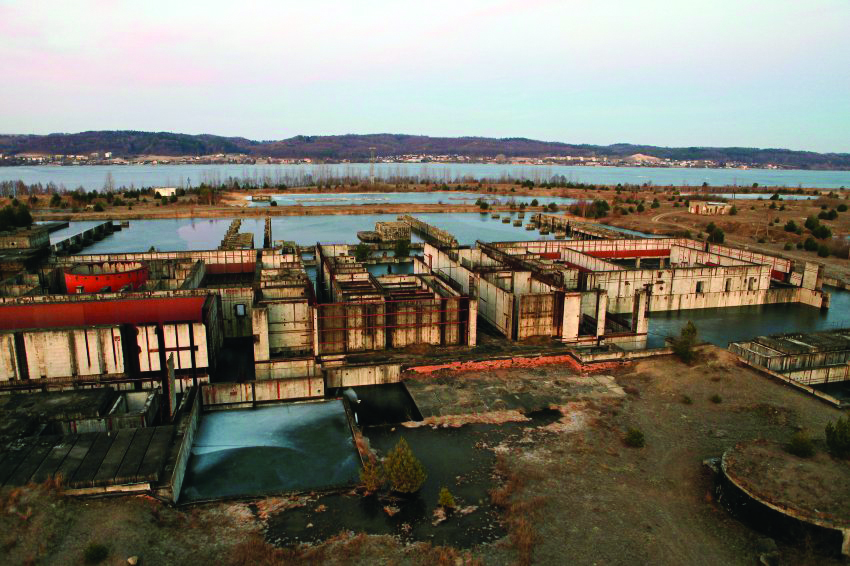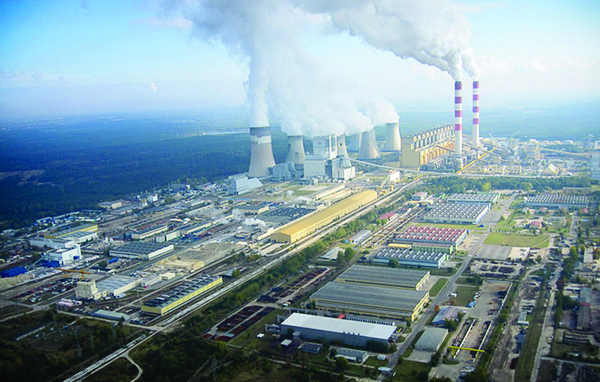Article originally published in PowerMag. Written by Darrell Proctor.
Poland – Poland’s energy minister in September said the country was ready to shift away from coal-fired power, which provides about 90% of its electricity. Krzysztof Tchorzewski, speaking at the Krynica-Zdroj Economic Forum in Poland, said the country, whose state-run energy companies have three ongoing coal projects, plans no more investments in coal and instead hopes to open its first nuclear plant by 2030.
“After completing the investments … now being conducted in big coal-fueled units, we will not be planning new projects based on coal,” Tchorzewski said at the forum on September 6. Poland contemplated investments in nuclear power in 2009 but shelved any plans due to falling energy prices and the backlash against nuclear power after the Fukushima disaster in 2011. Prime Minister Beata Szydlo revived plans, though, after her Law and Justice Party won the country’s last general election in 2015.
Poland was building its first nuclear plant in the 1980s, but construction of the Zarnowiec Nuclear Power Plant (Figure 1) was halted and the project canceled in 1990 due to economics, a changing political climate in the country, and ongoing concerns about nuclear power in the wake of the 1986 disaster at Chernobyl.

The country’s energy ministry on September 15 said it would schedule a tender in early 2018 to choose the technology for its nuclear reactors. “The nuclear technology to be used when constructing nuclear power plants will be known after the tender procedure has been completed. Atomic regulations allow only tested technologies of Generation III/III+ reactors to be used,” the ministry wrote in a response to questions from lawmakers about the country’s nuclear plans.
Szydlo’s government has said it wants a nuclear plant online within the next decade. Tchorzewski told the forum that Poland “would like to build three [nuclear] units in five-year intervals, with the first one coming in 2029.” He said he thinks Poland needs at least 4.5 GW of nuclear generation capacity no later than 2043. Tchorzewski said the government estimates the cost of those units at about €6 billion ($7.2 billion) for each reactor.
Poland already has looked at an advanced high-temperature gas-cooled reactor (HTGR) for some industrial applications. Józef Sobolewski, the director of nuclear energy at the Polish Ministry of Energy, talked about his country’s deployment of an HTGR to provide heat at chemical plants at an International Atomic Energy Agency roundtable in Vienna, Austria, on September 19. Sobolewski said use of an HTGR could cut CO2 emissions in Poland by 14 million to 17 million tons annually.
The possibility of coal shortages in the country also may be driving the government away from coal-fired power (Figure 2). Poland sources much of its coal from the Silesian Basin in the southern part of the country. Szydlo and Poland’s President Andrzej Duda both have said the country has enough coal to last another 200 years. However, energy analysts have said the cheapest coal in the basin in almost gone, and mining costs are expected to rise. In addition, several of the country’s coal-fired plants have reported shortages in their coal supply this year, and Weglokoks—one of the leading Polish coal importers and exporters—said it has permission from the government to import Russian coal.

Imports of coal from Russia have been a source of contention in Poland. In 2014, Polish miners protested and blocked rail lines to keep Russian coal from entering the country. The country’s president at the time, Bronislaw Komorowski, signed legislation to limit imports from Russia.
The three coal projects under construction in Poland are in Opole, Kozienice, and Jaworzno. Another, in Ostroleka, has been planned; it would be an additional 1-GW unit for an existing coal-fired plant that came online in 1956 and was expanded in 1972. The new unit is not expected to be online before 2023, according to Polish energy company Energa Group, which in August of this year said it would complete financing for the project in September and choose a construction contractor in the first quarter of 2018.




